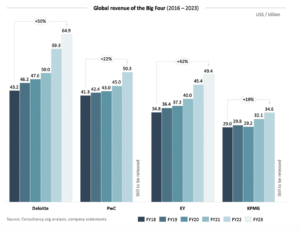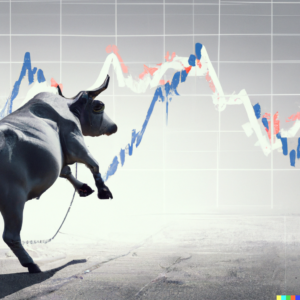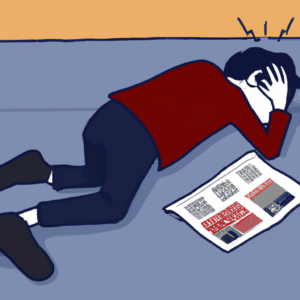Despite isolated reports of layoffs, hiring remains very strong
Strong growth, robust demand, and a favorable business climate are all leading to unprecedented job growth and historically impossible unemployment
Current economic conditions in the United States are historically very good. While it’s true that there have been some layoffs, data shows that these are isolated incidents, and the overall economic picture is very positive. In fact, unemployment rates are near record lows, and GDP growth has remained steady.
I am a professional consultant with over 20 years of experience, and I’ve never seen an economy this strong.
My career began as a consultant at a boutique management consulting firm, where I spent several years working on projects for clients in the finance, retail, and healthcare sectors. During this time, I gained valuable experience in areas such as strategy development, process improvement, and organizational design.
After a few years, I took on a more senior role and joined a larger consulting firm as a manager. In this role, I led teams of consultants on complex projects for clients in the technology, energy, and manufacturing industries. I also played a key role in business development and helped to grow the firm’s client base.
I then decided to pursue a more entrepreneurial path and started my own consulting business. For the past several years, I have been working as an independent consultant, advising clients on a wide range of topics, including strategy, operations, and organizational design. I also provide coaching and mentoring services to help individuals and teams develop their skills and reach their full potential.
Throughout my career, I have had the opportunity to work with some of the world’s leading organizations, and I have never seen a job market this strong.
Historical Employment Data
Unemployment levels have fluctuated over the past several decades, with the rate generally trending downward over time. However, there have been several boom and bust cycles throughout this period, resulting in significant changes in unemployment rates.
In the 1970s, the unemployment rate was relatively high, peaking at around 9% in 1975 and 1976. This was in part due to the oil crisis of 1973-74 which sent inflation and interest rates soaring and created a recession. However, the unemployment rate began to decline in the late 1970s and reached a low of around 6% in 1979.
The 1980s saw a period of economic expansion, with unemployment rates falling to around 5% by the end of the decade. This trend continued into the 1990s, with unemployment reaching a low of around 4% in 2000.
During the early 2000s, the unemployment rate remained low, hovering around 4%. However, the Great Recession of 2008-2009 caused the unemployment rate to spike, reaching a peak of 10% in October 2009. The rate began to decline after that, but it took several years for it to reach pre-recession levels.
In the 2010s, the unemployment rate remained low, averaging around 5% until the Covid-19 pandemic outbreak in 2020. The pandemic caused a severe economic downturn, resulting in a rapid increase in unemployment, which reached a peak of 14.8% in April 2020. The rate began to decline after that and reached 6.0% in December 2020.
In the current decade, the unemployment rate has fluctuated around 4.0% and it is considered by many experts as a full-employment rate, which means that it’s considered as the lowest rate that can be sustained without inflation.
Right now, unemployment levels are defying reason, with an unbelievably low rate of 3.5%.
What causing our strong job market
Today’s economic conditions that have lead to our low unemployment include strong economic growth, unprecedented consumer demand, and an unmatched healthy business environment. Since these conditions are present, businesses are trying to expand their operations and need more workers.
Specific factors that are contributing to to low unemployment include:
- Strong GDP growth which is causing businesses tend to expand and create new jobs.
- Increasing in consumer demand, which means businesses need to hire more to meet this demand.
- A healthy housing market that doesn’t seem to have any end, which is boosting consumer confidence and increasing demand for goods and services, leading to more hiring.
- Lowering inflation, which means that the cost of goods and services is contributing to stable consumer demand.
- Historically low interest rates, which allows businesses to borrow money and invest in expansion.
It’s worth noting that while low unemployment is generally considered a positive indicator of economic health, it can also be a sign of an overheated economy, which can lead to inflation if not balanced by other macroeconomic indicators.





